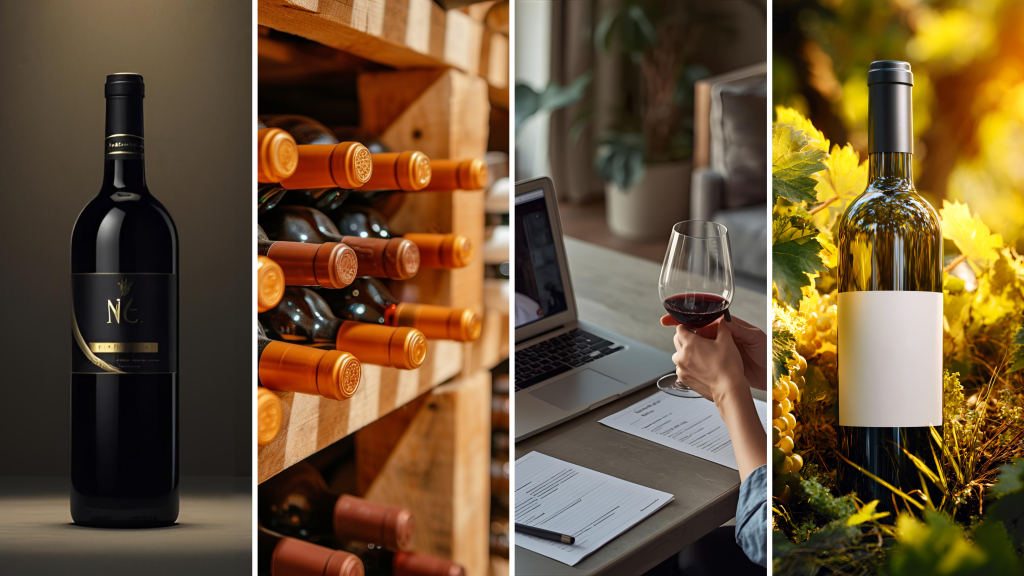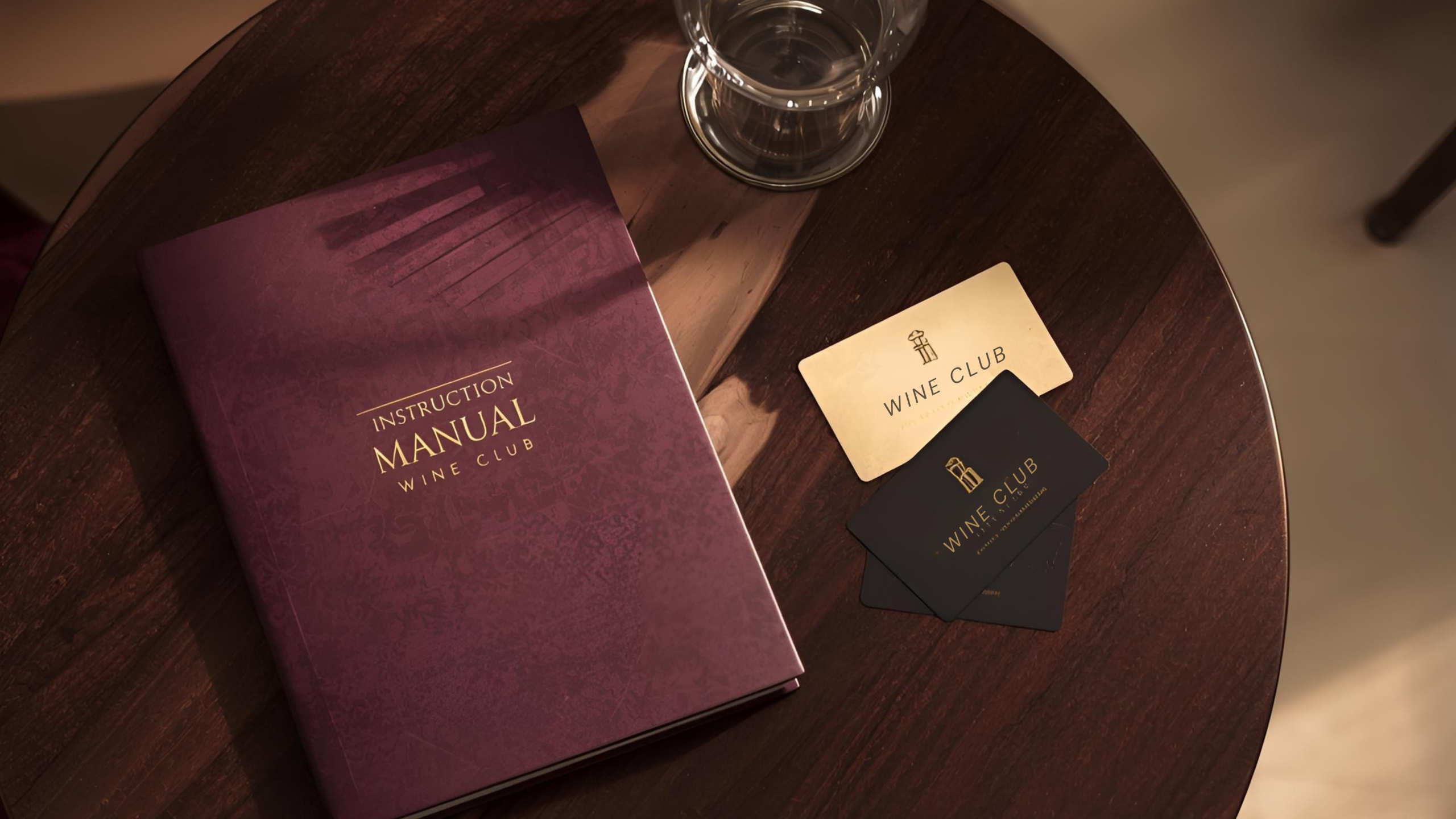In recent years, the Wine Club has become an increasingly important tool for wineries seeking to build a strong and lasting relationship with their customers.. But there is no longer just one type of Wine Club: each company may have different goals, target different audiences, and offer unique experiences.
Therefore, the first step is to decide how to enter a world with so many possibilities.
The main types of Wine Clubs
- Exclusive Wine Clubs
These clubs offer rare wines, limited vintages, and access to exclusive experiences such as private events or winery visits. They are designed for collectors and experienced enthusiasts, ready to invest in a unique and prestigious experience.. Membership in this type of club provides a strong sense of exclusivity and privilege.
- Accessible Wine Clubs
The focus here is on quality at an affordable price, aiming to attract beginners, less experienced individuals, or young enthusiasts. They are ideal for those who want to discover new wines in a simple and flexible way, without high costs or strict commitments.. Ease of enrollment and affordability are their main strengths.
- Experiential Wine Clubs
These clubs are based on active engagement of members through events, tastings (including virtual ones), educational content, and storytelling. The goal is to transform wine consumption into a cultural and social experience, strengthening the emotional connection with the community.
- Sustainable Wine Clubs
Focused on organic, biodynamic, or eco-friendly wines, these clubs cater to consumers who are increasingly mindful of the environment and ethics. In addition to offering sustainable products, they emphasize transparent practices and low-impact packaging.

How to Create a Successful Wine Club
Creating an effective Wine Club doesn’t just mean selling more bottles; it means building a strong and lasting relationship with customers. Here are the key steps to creating a successful initiative.
- Clearly define your value proposition
Before launching the club, it is essential to understand what makes your offer unique. What exclusive benefit will the customer receive? It could be a carefully curated wine selection, early access to products, exclusive experiences, or values related to sustainability. Clarity about your value proposition helps you communicate more effectively and attract the right audience.
- Design differentiated membership tiers
A Wine Club should be able to meet the needs and budgets of different customers. Offering multiple membership tiers — for example, basic, intermediate, and premium — allows you to provide increasing benefits such as exclusive discounts, special packaging, or private events. This flexibility makes the club more accessible and encourages long-term loyalty.
- Personalize the relationship with members
The heart of a Wine Club is its relationship with members. Invest in personalized communications based on each member’s tastes and preferences. Use targeted newsletters, exclusive content (videos, guides, pairing recipes), and digital tools such as apps or dedicated platforms.
Creating an ongoing dialogue makes the customer feel part of a community, strengthening their connection to the brand.
- Take care of logistics and offer flexibility
A timely and seamless delivery service is essential. Consider offering flexible options, such as temporarily pausing shipments, changing the delivery address, or adjusting the shipping frequency.
A hassle-free experience increases satisfaction and reduces the risk of cancellations.
- Implement strategies to encourage repeat purchases
To keep members engaged, it is important to encourage ongoing purchases. You can offer annual subscriptions, quarterly deliveries tied to seasonal selections, or mystery box surprise offerings. These approaches make the experience more dynamic and encourage long-term loyalty.
- Organize events and engagement opportunities
In addition to wine delivery, the Wine Club should provide opportunities for shared experiences, such as online or in-person tastings, winery visits, webinars with experts, or food pairings.
These moments strengthen the sense of belonging and turn the purchase into a memorable experience.
- Monitor data and listen to feedback
To continuously improve, it is important to collect data on memberships, renewals, preferences, and cancellations. Listen to member feedback through surveys or direct channels.
This information allows you to adjust your strategy, optimize your offerings, and further personalize the experience.
A well-designed Wine Club is much more than just a sales channel: it is a strategy to build loyalty and turn occasional customers into passionate advocates. Choose the model that best fits your audience and invest in the quality of the experience you offer.




